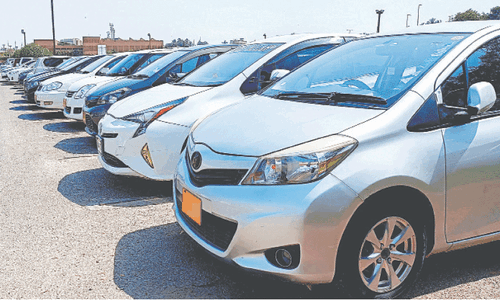Tensions along the China-India border high in the Himalayas have flared again in recent weeks, leading defence experts in New Delhi to fear that the jostling could turn into an unintended full-blown military action.
Indian officials say the latest row began in early May, when Chinese soldiers entered the disputed territory of Ladakh at three different points, erecting tents and guard posts. They said the Chinese soldiers ignored repeated verbal warnings to depart, triggering shouting matches, stone-throwing and fistfights. China has sought to downplay the confrontation while providing little information.
Observers, however, say that the face-off was triggered by India’s construction of roads and air strips in the region.
AP takes a look at the history and current relations between the two countries and how events may develop:
Brawling troops
Over recent weeks, thousands of soldiers from the two countries have been facing off just a few hundred metres from each other in Ladakh's Galwan Valley. China has objected to India building a road through the valley connecting the region to an airstrip, possibly sparking its move to assert control over territory along the border that is not clearly defined in places.
While a brawl between troops has been captured on video, Chinese foreign ministry spokesperson Zhao Lijian said on Wednesday that the border situation was generally stable and controllable.
The sides were communicating through both their front-line military units and their respective embassies to properly resolve relevant issues through dialogue and consultation, Zhao said at a daily ministry news briefing in Beijing. The same was asserted by the Indian foreign ministry spokesperson, who was asked about India's response to United States President Donald Trump's mediation offer on the issue.
India and China engaged in a similar standoff for 73 days at Doklam, at the other end of their disputed border, in 2017, when Indian troops were mobilised to counter what was seen as moves by the Chinese side to expand its presence along the border with Bhutan. The situation was later defused through diplomatic channels.
War and peace between two Asian giants
The sides established diplomatic relations in 1950, but a 1962 border war between them set back ties for decades.
In all, China claims some 90,000 square kilometres of territory in India's northeast, including the Indian state of Arunachal Pradesh with its traditionally Buddhist population. India insists China occupies 38,000 square kilometres of its territory in the Aksai Chin Plateau in the western Himalayas, including part of the Ladakh region.
Relations are also strained by Indias hosting of the exiled Tibetan spiritual leader, the Dalai Lama, who fled his homeland in 1959 during an aborted uprising against Chinese rule. The Dalai Lama established a self-declared government-in-exile in the northern Indian town of Dharmsala, where thousands of Tibetans have settled.
Efforts for a resolution
In 1993, the two countries signed an agreement on the Maintenance of Peace and Tranquility along what is known as the Line of Actual Control along their border.
But they are nowhere near to settling their dispute despite more than 20 rounds of talks along with multiple meetings between Indian Prime Minister Narendra Modi and Chinese President Xi Jinping.
Beijing's support for Pakistan on the issue of Kashmir is also a major cause of concern for India. China has built a road through Azad Jammu and Kashmir and is blocking India's entry into the Nuclear Suppliers Group by insisting on Pakistan's simultaneous entry.
India's refusal to participate in Xi's signature foreign policy initiative, the multibillion-dollar Belt and Road Initiative, hasn't gone down well with China and Beijing has paid only lip service to New Delhi's aspirations to join the United Nations Security Council as a permanent member.
Economic rivalry amid growing trade
Despite the sporadic border clashes, economic ties between the two have expanded in the past decade, with China exercising a large trade surplus.
More than 100 Chinese companies, many of them state-owned, have established offices or operations in India, according to Indias External Affairs Ministry. Chinese firms including Xiaomi, Huawei, Vivo and Oppo occupy nearly 60 per cent of India's mobile phone market, while India's major exports to China lean toward cotton, copper and gemstones.
Trade volume rose to more than US$95 billion in 2018, and passed $53 billion in the first half of 2019, with almost $43 billion of that being Chinese exports to India. The imbalance has contributed to a push by India to capitalise on China's rising costs and deteriorating ties with the US and European nations to become a replacement home for large multinationals.




































